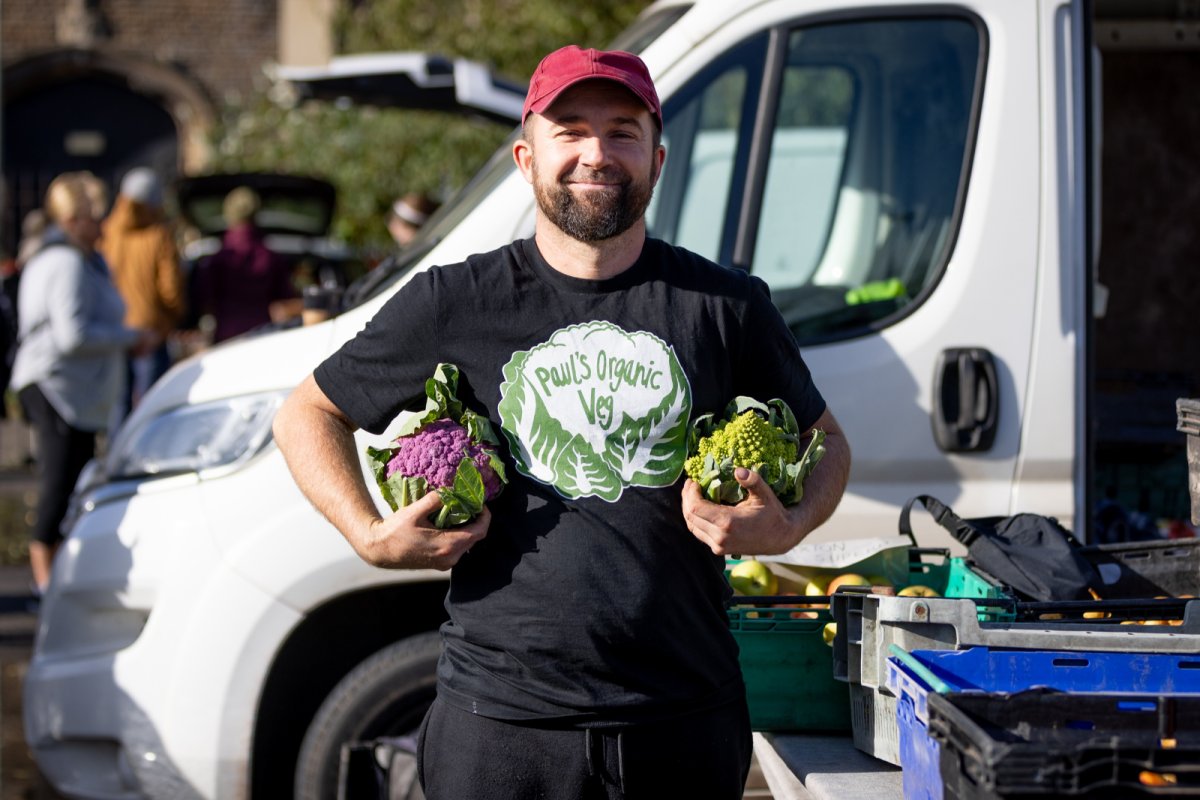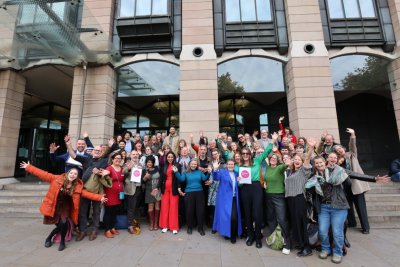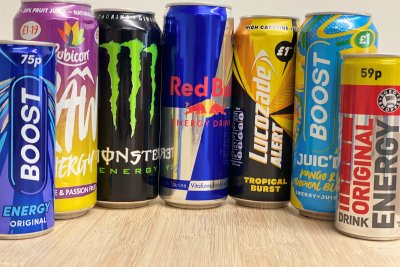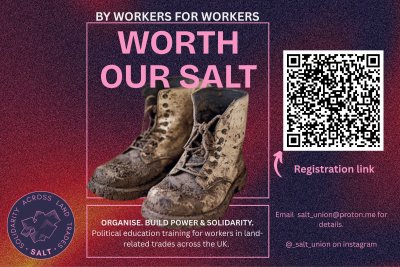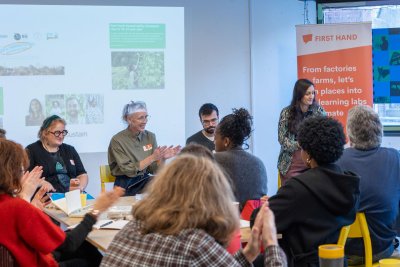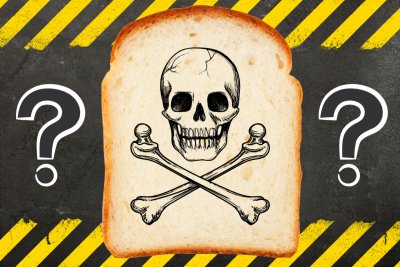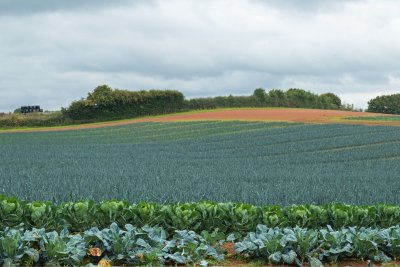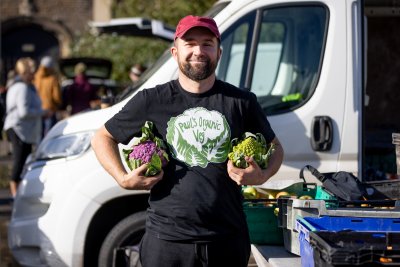 VideoPawel Wisniewski from Paul's Organic Veg, Cardiff. Copyright: Eleanor Church
VideoPawel Wisniewski from Paul's Organic Veg, Cardiff. Copyright: Eleanor Church
What is local food? It can depend on where you live. If you are near a 3 million chicken megafarm for example, then maybe the source of your local food isn't the most healthy or climate and nature-friendly.
But if you live near one of our Bridging the Gap farmers such as Paul in Cardiff, and buy his organic veg once a week at one of the city's farmers' markets, this source of local food is sustainably produced and rooted in the local area.
Thanks to Bridging the Gap funding, now it is food more and more can access via the Planet Card voucher system. Operating in one of Wales' most economically deprived areas, the Planet Card sees 90 people use it every week to buy from near-by farmers like Paul.
Local food therefore isn't just about a fixed geography. According to Sustain's collaborative Local Food Growth Plan, local food can be specified in part by the scale of food businesses as small and medium sized enterprises (SMEs). The Sustainable Food Trust found SMEs are more likely to be rooted in a specific location in a way that larger national or multinational businesses are not and are more effective at delivering economic, resilience, environmental and placemaking benefits to the local area.
On our recent visit to Cardiff, we saw how local, farmer-focused supply chains enable economic, environmental and place-making benefits. It helps to connect people who grow food with people who eat food, nature and community, building bridges where once there were huge gaps.
There is a real appetite for food which is good for the planet. Take a moment and fill your plate with our latest short film.
Bridging the Gap: Exploring ways to make organic food more accessible via farmer-focused supply chains.
